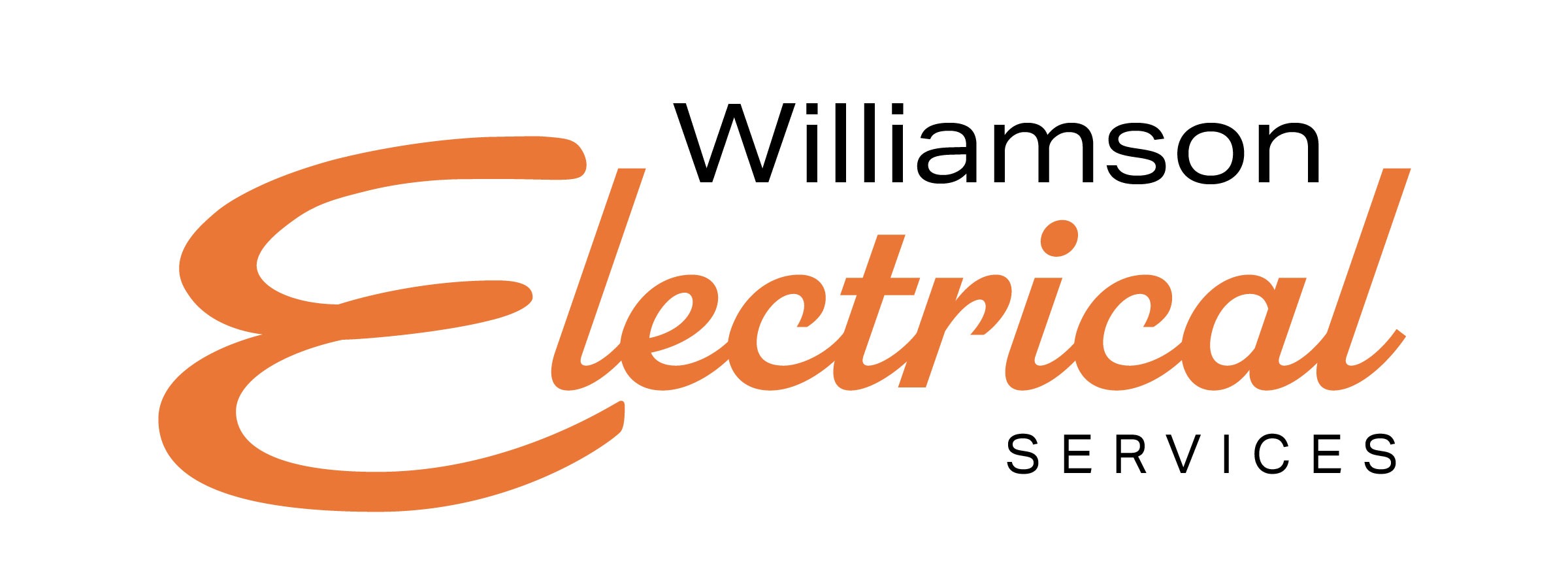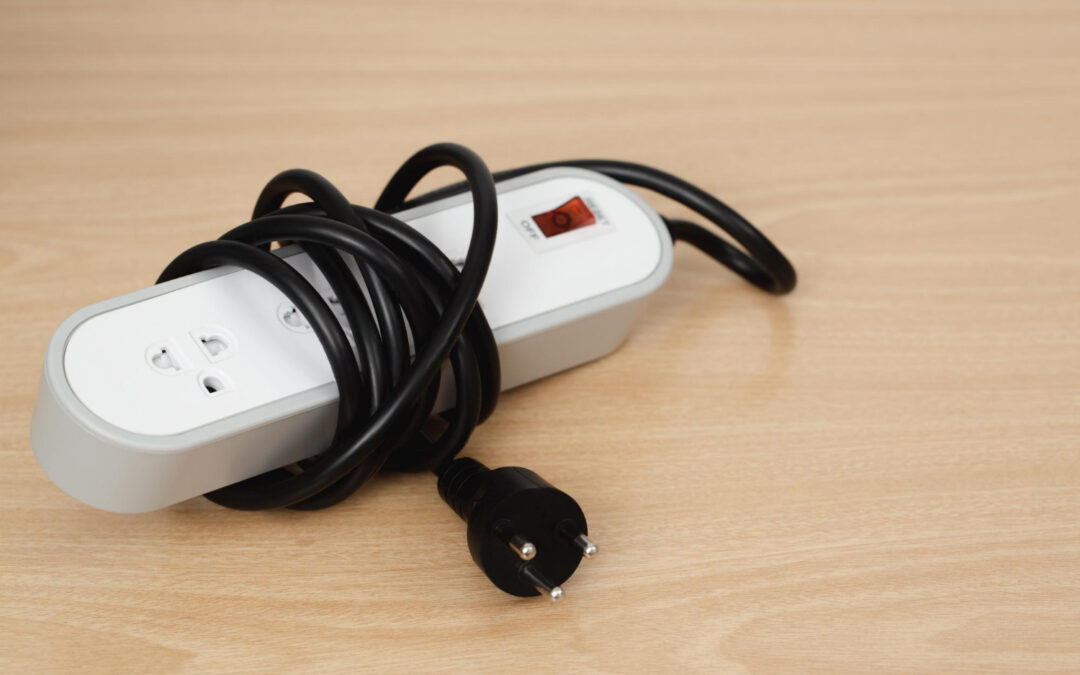Extension cords and power strips are handy tools we use every day to bring power where we need it in our homes. Whether it’s for plugging in lamps or charging multiple devices, these power helpers make life easier. But using them without caution can lead to problems.
Understanding when and how to use extension cords and power strips safely is very important. Despite their convenience, improper use can cause electrical issues like overheating or even fires. Knowing the right type to use in various situations can help you avoid these risks.
Keeping safety top of mind means being aware of how these tools work and ensuring they are in good condition. By taking simple precautions and following best practices, you can ensure that your home remains a safe and efficient place to live.
Understanding Extension Cords and Power Strips
Extension cords and power strips are handy tools in any home, but knowing the differences between them is key to using them safely. Extension cords are simple lengths of wire with a plug on one end and one or more sockets on the other. They’re essentially meant to temporarily extend the reach of a power outlet. These cords can range from a few metres to over 30 metres long, depending on your needs.
On the other hand, power strips are equipped with multiple sockets, allowing several devices to be plugged in at the same time. Many power strips come with an on/off switch and can sometimes include surge protection capabilities to shield devices from power spikes.
Choosing the right tool depends on your specific needs. Use extension cords for short-term needs, like holiday lights or temporary appliances, and reserve power strips for scenarios where you need to power multiple devices close together, like in a home office. Understanding their specific purposes ensures you’re using them correctly and safely, preventing any potential hazards associated with misuse.
Choosing the Right Extension Cord or Power Strip
Selecting the right extension cord or power strip involves understanding several important factors. First, consider the length of the cord. It’s best to choose a cord that suits your needs without being excessively long, as longer cords can lead to voltage drops. Next, think about the gauge, which refers to the thickness of the cord’s wire. Lower gauge numbers mean thicker wires that can handle more electrical load; for example, a 14-gauge wire supports more than a 16-gauge wire.
Capacity is another crucial factor. Make sure your cord or strip can handle the total wattage of the devices you plan to plug in. Overloading can lead to overheating and potential fires, so it’s essential to do a quick calculation of your electrical needs.
Safety certifications are important as well. Look for labels or marks that indicate the cord or strip meets Australian safety standards. These certifications ensure the product has been tested and is safe for use in your home. It’s also wise to choose models with built-in surge protectors for added safety. By carefully considering these factors, you can choose products that will safely meet your electrical needs.
Safe Usage Practices
To ensure extension cords and power strips are used safely, you must avoid overloading and overheating them. Overloading occurs when the power demand from connected devices exceeds the cord or strip’s capacity. This can lead to overheating, damage, and even fire hazards. Always check the maximum load ratings indicated on the device to manage your power use effectively.
Proper placement is also key to prevent accidents. Keep cords out of walkways or areas with heavy foot traffic to avoid tripping hazards. Never run cords under carpets or rugs, as this can trap heat and increase the risk of overheating. Make sure cords are not pinched by furniture or caught in doors, which can cause damage to the insulation and expose wires.
Use extension cords and power strips only as temporary solutions. They are designed for short-term use and not as a substitute for additional power outlets. In permanent settings, consider having extra outlets installed by a professional electrician to handle your electrical needs safely.
Maintenance and Inspection Tips
Regular maintenance and inspection of your extension cords and power strips help ensure safety and longevity. Begin with routine checks for wear and damage, especially at the plugs and along the cord. Look for frays, cracks, or exposed wires that could signal risk. If you notice any issues, take the cord out of service immediately to prevent electrical hazards.
Replacing and upgrading worn-out cords and strips is crucial. Over time, materials wear down, impacting performance and safety. Opt for replacements that meet modern safety standards. Check for features like surge protection and switch reset capabilities that enhance safety.
Stay informed about safety certifications. Look for products with labels and ratings from reputable safety organisations. This ensures that the cords and strips have been tested and meet required standards.
Closing Thoughts
Being diligent about the safety of your electrical outlets and devices plays a significant role in maintaining a secure home environment. This includes regular updates and checks on the childproofing measures you’ve implemented. Changing conditions, like new appliances or growing children, can require adjustments to your current set-up.
If you’re not sure about the safety of your electrical constellation or need extra outlets, consider consulting professionals for thorough assessments and upgrades. Expert advice can help tailor safety solutions to suit the specific electrical demands of your home, keeping it functional and secure for everyone.
For ongoing peace of mind and expert support in managing your home’s electrical needs, Williamson Electrical Services is here to assist. Our professional team in Brisbane is ready to provide you with tailored solutions to ensure your home remains a safe haven for your family. Contact our local electricians today to learn how we can help with all your electrical safety requirements.

